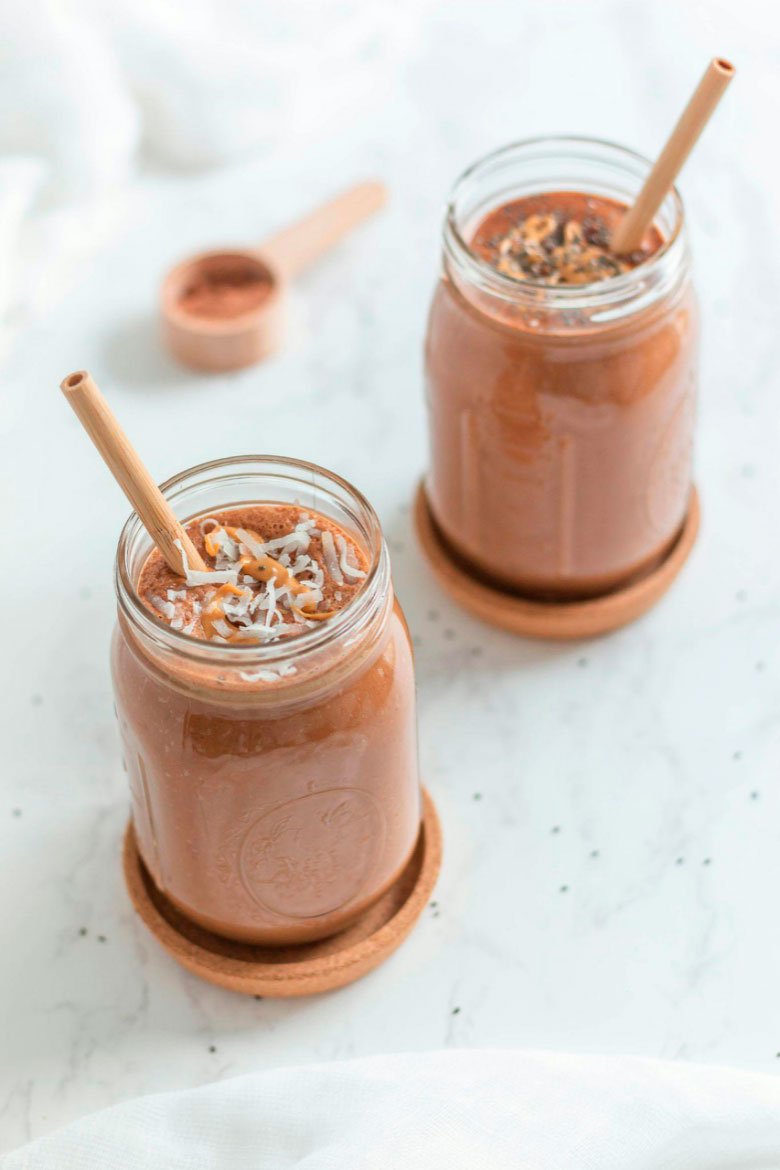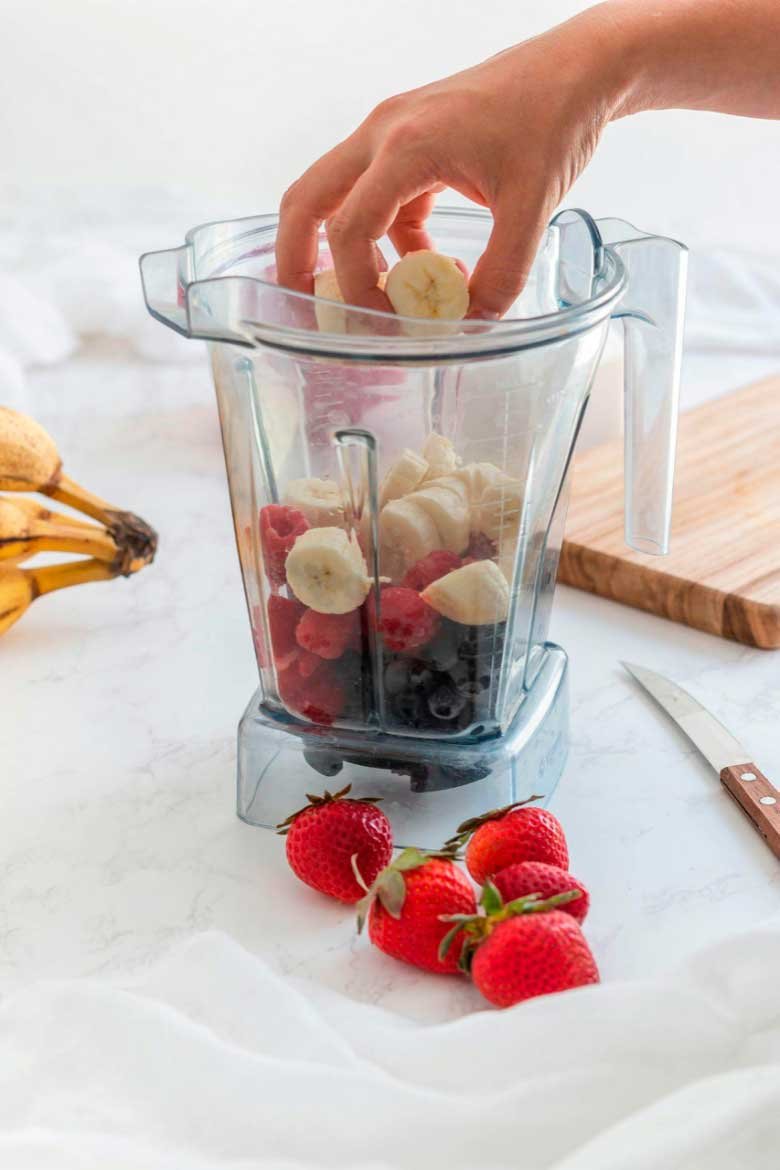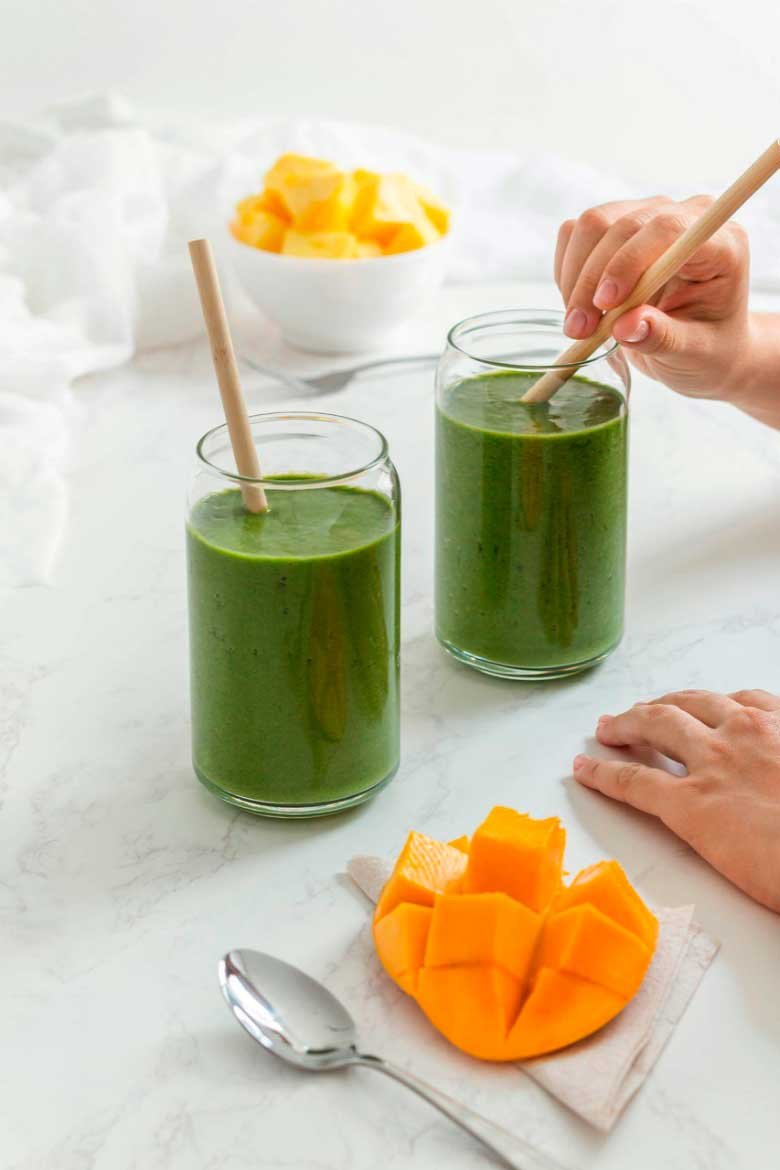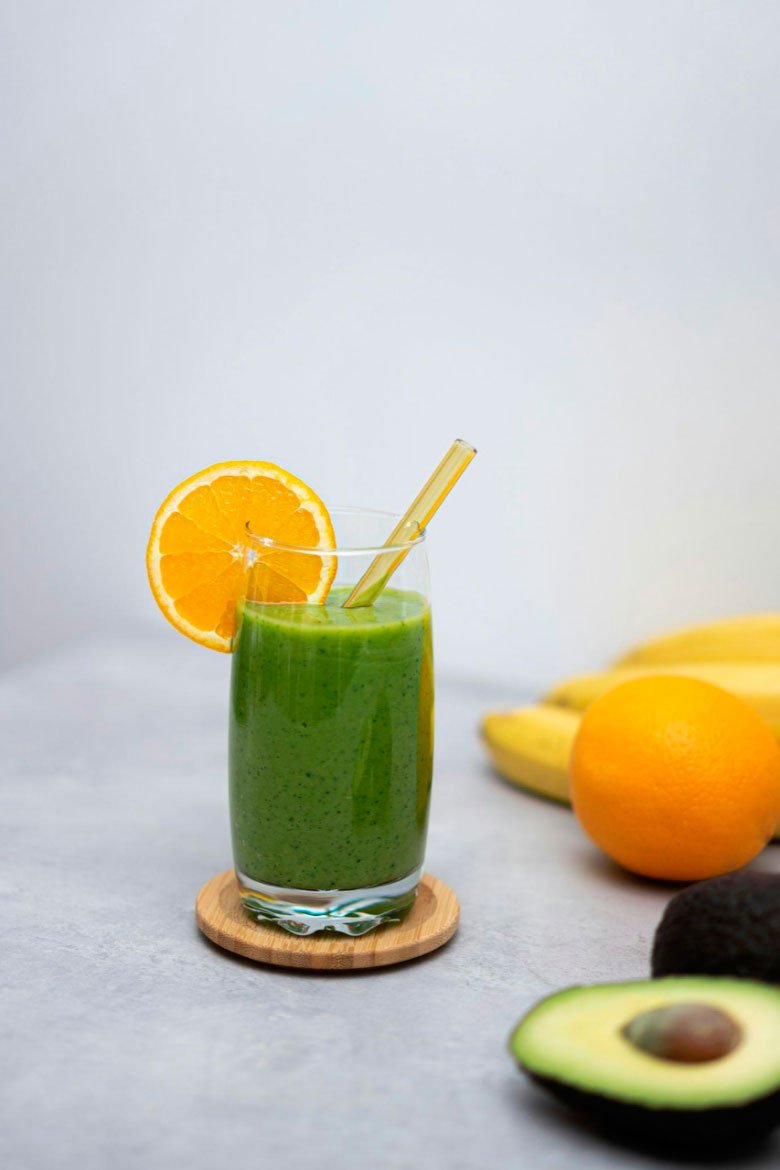If you're looking to improve your health, manage your weight, and maintain stable energy levels, focusing on Glucagon-Like Peptide 1 (GLP-1) could be your secret weapon. GLP-1 is a hormone that plays a crucial role in regulating blood sugar levels, enhancing feelings of fullness, and supporting overall metabolic health. Here’s how you can create meals that naturally boost GLP-1 and help you feel your best.
What is GLP-1 and Why Is It Important?
GLP-1 is an incretin hormone produced in the gut in response to food intake. Its primary functions include:
● Regulating Blood Sugar: GLP-1 stimulates insulin secretion and inhibits glucagon release, helping to maintain stable blood sugar levels.
● Promoting Satiety: GLP-1 helps control appetite and reduce food intake by slowing gastric emptying and signaling fullness to the brain.
● Supporting Weight Management: The appetite-regulating effects of GLP-1 can aid in weight loss and management efforts.
● Enhancing Beta-Cell Function: GLP-1 supports the health and function of insulin-producing beta cells in the pancreas, which helps to lower blood sugar after a meal.
Key Components of GLP-1 Boosting Meals
When served in combination, these foods are particularly effective at stimulating GLP-1 production, balancing blood sugar, and creating feelings of fullness and satiety.
1. Fiber-Rich Foods: High-fiber foods such as vegetables, fruits, legumes, and whole grains are excellent for promoting GLP-1. Fiber slows digestion, which enhances the feeling of fullness and delays gastric emptying.
2. Protein-Rich Foods: Protein is known to increase GLP-1 secretion and is considered the most satiating macronutrient. Lean meats, fish, eggs, dairy products, tofu, and legumes are all good protein sources.
3. Foods Rich in Healthy Fats: Incorporating healthy fats, such as those found in avocados, nuts, seeds, and olive oil, can help increase GLP-1 levels and enhance the meal’s satiety factor.
Here’s a look at how these components can be combined to create delicious and nutritious meals throughout the day. Recipes for breakfast, lunch and dinner included!
BREAKFAST: Spinach and Mushroom Egg Scramble with Avocado
Ingredients:
3 large eggs (protein)
1/2 cup spinach, chopped (fiber)
1/4 cup mushrooms, sliced (fiber)
1/4 avocado, sliced (healthy fats)
1 tablespoon olive oil (healthy fats)
Salt and pepper to taste
1 slice whole-grain toast (fiber)
Instructions:
Heat Olive Oil: In a non-stick skillet over medium heat, add the olive oil.
Cook Vegetables: Add mushrooms and cook until they start to soften. Add spinach and cook until wilted.
Scramble Eggs: In a bowl, whisk the eggs with salt and pepper. Pour the eggs into the skillet and scramble until fully cooked.
Serve: Serve the egg scramble with avocado slices on top and a slice of whole-grain toast on the side.
*By combining these whole foods, you create a balanced meal rich in protein, fiber, and healthy fats, which can help naturally boost GLP-1 levels. The eggs provide a solid protein base, while the greens and mushrooms offer ample fiber and antioxidants. Healthy fats from avocado and olive oil enhance the meal's satiety factor and help elongate your blood sugar curve.
Lunch: Lentil and Quinoa Salad with Grilled Chicken
Ingredients:
1 cup Arugula
1/2 cup cooked lentils (protein and fiber)
1/2 cup cooked quinoa (protein and fiber)
1 grilled chicken breast, sliced (protein)
1/2 cup cherry tomatoes, halved (fiber)
1/4 cup cucumber, diced (fiber)
1/4 avocado, diced (healthy fats and fiber)
1/4 cup pumpkin seeds
2 tablespoons olive oil (healthy fats)
1 tablespoon lemon juice
Salt and pepper to taste
Instructions:
Combine Ingredients: In a large bowl, combine lentils, quinoa, arugula, cherry tomatoes, cucumber, pumpkin seeds, and avocado.
Dress the Salad: Whisk together olive oil, lemon juice, salt, and pepper. Pour over the salad and toss to combine.
Add Chicken: Top the salad with sliced grilled chicken.
* The chicken, quinoa, and lentils provide a solid protein base and added fiber, while the greens and vegetables offer ample fiber and antioxidants. Healthy fats from avocado, seeds, and olive oil enhance the meal's satiety factor and elongate your blood sugar curve.
DINNER: Baked Salmon with Roasted Vegetables and Brown Rice
Ingredients:
1 salmon fillet (protein and healthy fats)
1 cup broccoli florets (fiber)
1 cup cauliflower florets (fiber)
1 red bell pepper, sliced (fiber and antioxidants)
1 tablespoon olive oil (healthy fats)
1 garlic clove, minced
1 cup cooked brown rice (fiber)
Salt and pepper to taste
Lemon wedges for serving
Instructions:
Preheat Oven: Preheat your oven to 375°F (190°C).
Prepare Salmon: Place the salmon fillet on a baking sheet lined with parchment paper. Drizzle with olive oil and season with garlic, salt, and pepper.
Roast Vegetables: Toss broccoli, cauliflower, and bell pepper with olive oil, salt, and pepper and place on a separate baking sheet. Roast the vegetables and salmon for 20-25 minutes, until the salmon flakes easily with a fork and the vegetables are tender.
Serve: Serve the baked salmon with roasted vegetables and a side of brown rice. Squeeze lemon juice over the salmon for extra flavor.
* The salmon provides the protein base, while the roasted and brown rice vegetables add ample fiber and antioxidants. Healthy fats from olive oil help elongate your blood sugar curve and enhance the meal's satiety factor.
Additional Tips for Maximizing GLP-1 Production
● Stay Hydrated: Drink plenty of water throughout the day to support digestion and metabolism.
● Eat Slowly: Taking your time to eat can help with digestion and hormone regulation.
● Include Fermented Foods: Foods like yogurt, kefir, sauerkraut, and kimchi contain probiotics that can positively influence gut health and, in turn, GLP-1 production. Adding small servings of probiotic-rich foods to your plate promotes a healthy gut microbiome.
Last thoughts:
By thoughtfully combining whole foods, you can create meals that not only taste great but also support your body’s natural production of GLP-1, leading to better appetite control, sustained energy, weight management, and overall health. Remember to eat mindfully, add fermented foods to your plate, relax and enjoy your meal!









